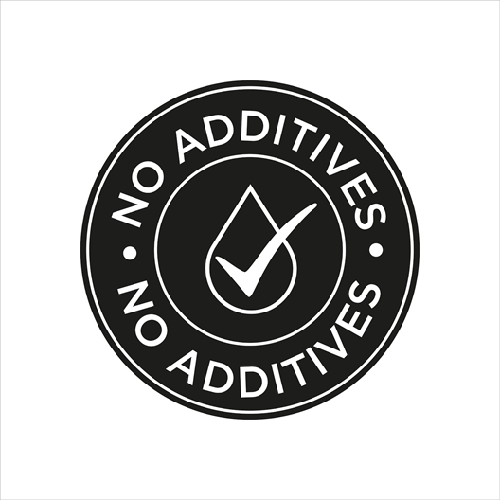
Feingold diet
Alternate names: ADHD Diet, Dieta Feingold, Feingold, Food Elimination Diet, Hyperactivity Diet, Régime Feingold, Régime de Feingold, Régime contre l'Hyperactivité
Background
The Feingold diet was developed by Benjamin Feingold in 1973. It is an "elimination diet." This means users are told to remove foods containing artificial colors or flavors and chemicals called salicylates. Promoters of this diet believe that such ingredients may cause various disorders in children.
The Feingold diet was originally used for attention deficit-hyperactivity disorder (ADHD) in children. It is also used for asthma, ear infections, bed-wetting, and many other conditions, but there is no good scientific evidence to support any of these uses.
The Feingold diet was originally used for attention deficit-hyperactivity disorder (ADHD) in children. It is also used for asthma, ear infections, bed-wetting, and many other conditions, but there is no good scientific evidence to support any of these uses.
Safety Safety definitions
There isn't enough reliable information to know if the Feingold diet is safe or what the side effects might be, especially when used long-term. But, so far, there are no known safety concerns.
Special Precautions & Warnings:
Pregnancy and breast-feeding: There isn't enough reliable information to know if the Feingold diet is safe to use when pregnant or breast-feeding. Stay on the safe side and avoid use.Effectiveness
NatMed Pro rates effectiveness based on scientific evidence according to the following scale: Effective, Likely Effective, Possibly Effective, Possibly Ineffective, Likely Ineffective, Ineffective, and Insufficient Evidence to Rate.
Insufficient evidence Effectiveness definitions
- Attention deficit-hyperactivity disorder (ADHD). Researchers have found mixed results when studying the effectiveness of the Feingold diet for treating hyperactivity in children. Some studies found improvement in symptoms, but these studies have been criticized as being poorly designed. Other studies found no improvement.
- Asthma.
- Ear infection (otitis media).
- Bed-wetting.
- Seizures.
- Sleep disorders.
- Other conditions.
Dosing & administration
The appropriate or safe use of Feingold diet depends on several factors. Be sure to seek and follow relevant directions from your physician or other healthcare professional before using this diet.
Interactions with pharmaceuticals
It is not known if this treatment interacts with any medicines. Before using this treatment, talk with your health professional if you take any medications.
Interactions with herbs & supplements
There are no known interactions with herbs and supplements.
Interactions with foods
There are no known interactions with foods.
Action
The Feingold diet was originally designed based on the theory that artificial colors and flavors and aspirin-like chemicals in foods (salicylates) cause hyperactivity or attention deficit-hyperactivity disorder (ADHD) in children. This theory has now been expanded to include a long list of other conditions such as asthma, infections, seizures, and many others linked to these food ingredients.
The Feingold diet is an elimination diet. It instructs users to remove foods containing artificial colors or flavors and salicylates. The first step is to eliminate all foods containing these ingredients. If improvement occurs after these foods are eliminated, then some restricted foods can be reintroduced in moderation.
Some testimonials and quasi-experimental evidence suggest that introducing these foods and additives cause symptoms of ADHD. However, higher quality research shows that the foods and additives do not cause symptoms of ADHD.
The Feingold diet is an elimination diet. It instructs users to remove foods containing artificial colors or flavors and salicylates. The first step is to eliminate all foods containing these ingredients. If improvement occurs after these foods are eliminated, then some restricted foods can be reintroduced in moderation.
Some testimonials and quasi-experimental evidence suggest that introducing these foods and additives cause symptoms of ADHD. However, higher quality research shows that the foods and additives do not cause symptoms of ADHD.
vital.ly has licensed monographs from TRC Healthcare.
This monograph was last reviewed on 31/05/2023 10:00:00 and last updated on 01/12/2020 19:51:13. Monographs are reviewed and/or updated multiple times per month and at least once per year.
Natural Medicines disclaims any responsibility related to medical consequences of using any medical product. Effort is made to ensure that the information contained in this monograph is accurate at the time it was published. Consumers and medical professionals who consult this monograph are cautioned that any medical or product related decision is the sole responsibility of the consumer and/or the health care professional. A legal License Agreement sets limitations on downloading, storing, or printing content from this Database. No reproduction of this monograph or any content from this Database is permitted without written permission from the publisher. It is unlawful to download, store, or distribute content from this site.




